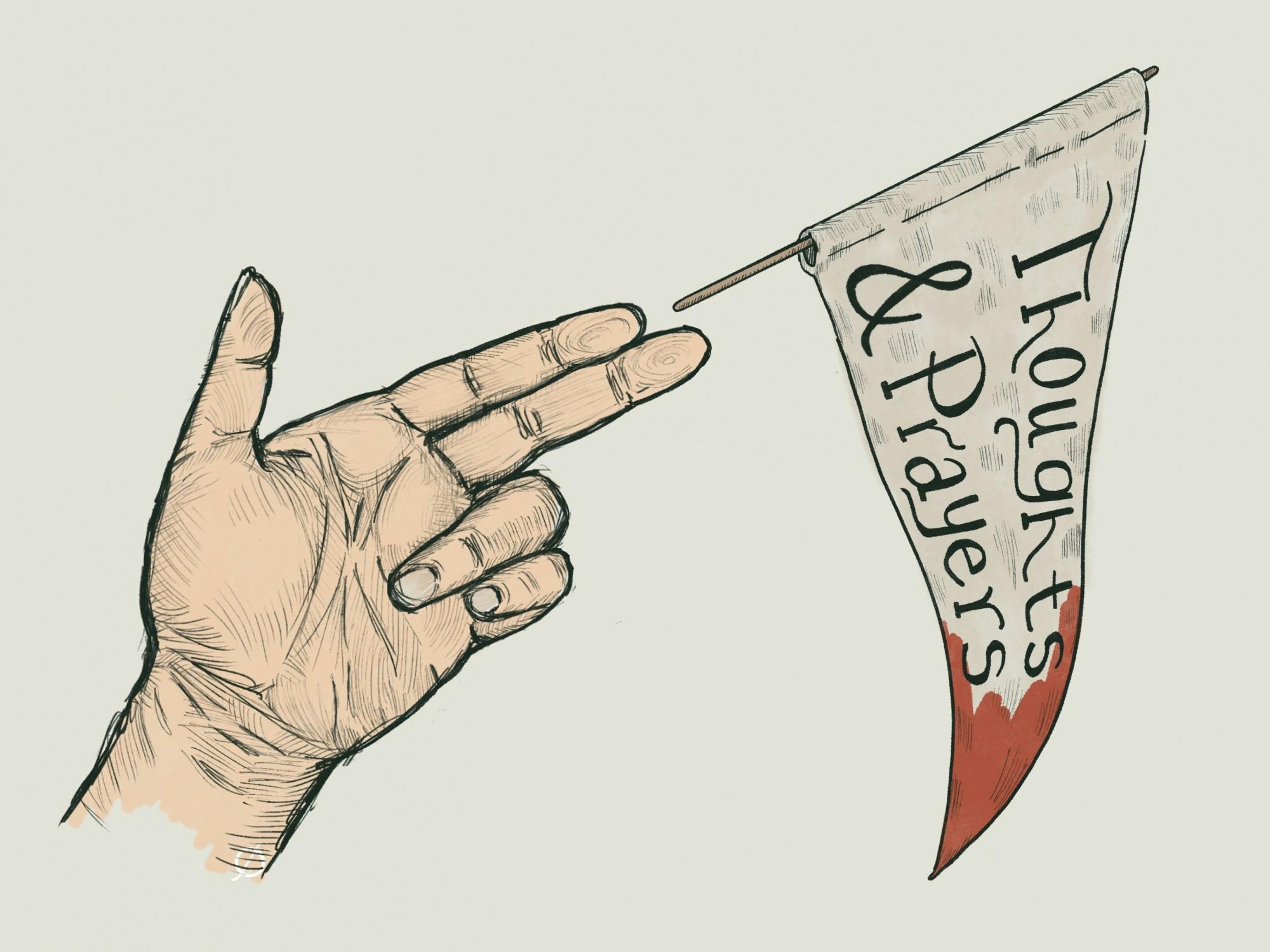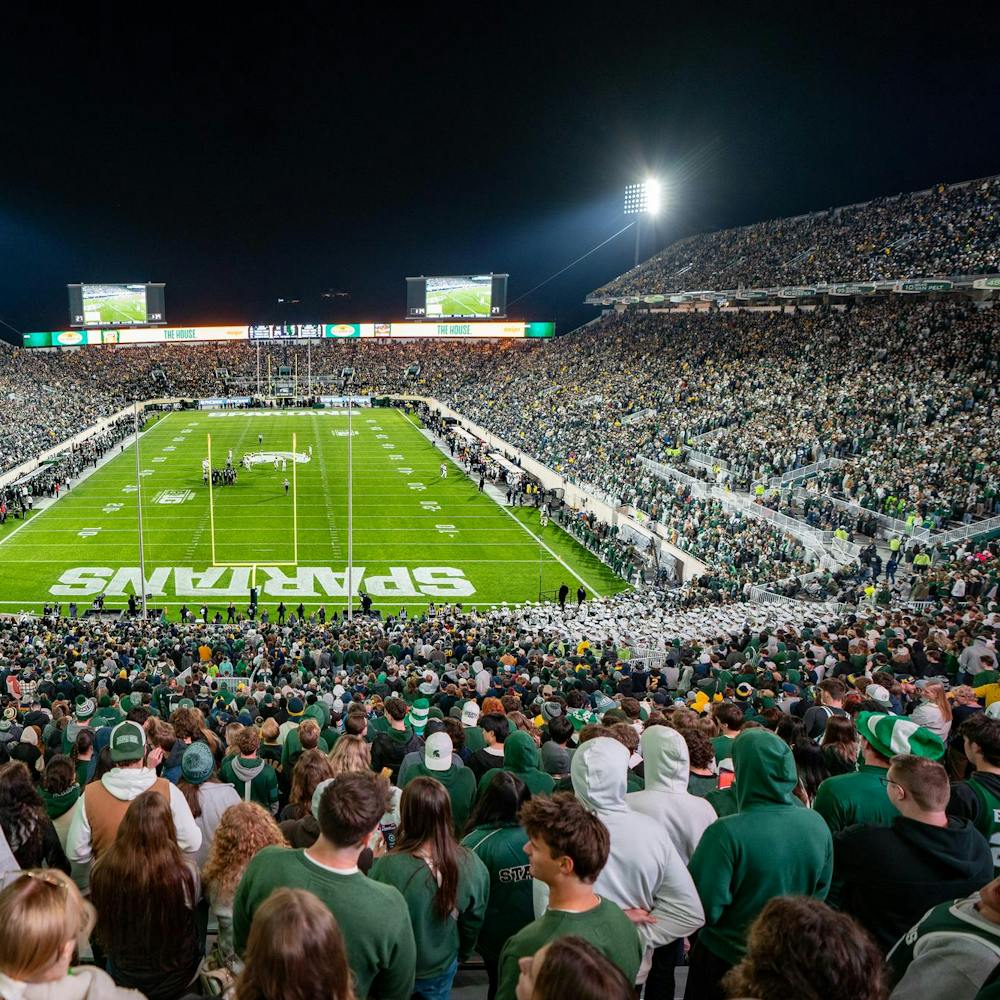I was a sophomore in high school when the Marjory Stoneman Douglas High School shooting happened.
School shootings had happened before and I knew that, but it was the first time I think I was really able to grasp the disturbing reality that mass shootings can happen any and everywhere.
I remember feeling a pit in my stomach every morning as I walked through my school’s doors for months after. I couldn’t understand why someone would target a school full of innocent people.
A few days after the tragedy in Parkland, my school had an active shooter drill. It was the first time I had been in a drill where there was complete silence in the room. No whispering, no movement, nothing.
In the months that followed, I was always on edge. I made a mental plan of what I would do if the worst happened. Anytime I heard a locker slam or a textbook drop my fight-or-flight response activated.
It was pretty startling when I realized that I, along with most students, had become so accustomed to the idea that a school shooting was a normal occurrence. It was just something we had to prepare for and hope for the best.
The realization had struck me as I was getting in my car after my graduation ceremony that it shouldn’t have ever felt so normal.
“At least now I don’t have to worry about a school shooting,” I thought.
It wasn’t even something that I had thought about in a while before graduation because the pandemic had just turned the world upside down. But somehow, with all the discourse over bulletproof backpacks and entrance locks and the best methods to barricade a door, I had become desensitized.
Why are we expected to come to our places of education every single day and learn how to hide from threats? Why do we as a society teach kids to hide in a bathroom stall if they get locked out of a classroom so that other people can own military-grade weapons?
This month, in the wake of two mass casualty shootings, I’m reminded that not even a pandemic can press pause on the other epidemic our country is facing.
I’d like to think that at some point in my life I won’t have to look over my shoulder when I’m going about my business in public. I think about how normal it is for people in other countries to go out in public and not think about gun violence often, and I wonder why we wouldn’t want the same peace of mind.
Nobody deserves to get gunned down buying milk and eggs. Nobody deserves to die clutching a textbook. But when we see news break about yet another shooting, our reaction is the same every time.
It’s time for our lawmakers to start walking the walk if they’re going to talk the talk. Your “thoughts and prayers” are useless. They won’t bring back the thousands of Americans who die every year from gun violence. They won’t make us sleep better at night.
Your words will not fix bullet wounds. Your words will not fill the voids left in so many people’s lives.
So stop apologizing and then letting it happen over and over, and over again.
We don’t need your thoughts. We need your actions. We need an assault weapons ban. We need restrictions on high-capacity magazines and we clearly need a better system in place for background checks because we’re constantly letting mass shooters acquire high-capacity firearms.
After the Port Arthur massacre in Australia in 1996, the Australian government implemented a mandatory buyback of guns from citizens. Since then they’ve had only one public mass shooting.
Only one. I can't help but wonder what might have been different if the United States had done something similar a long time ago.
A future without gun violence is possible, but our lawmakers have to stop sitting on their hands and reciting the same speech after every deadly public shooting and actually do something.
Support student media!
Please consider donating to The State News and help fund the future of journalism.
We shouldn't have to live in fear of doing totally normal things and being in the wrong place at the wrong time.
Enough is enough.
Discussion
Share and discuss “Column: 'Thoughts and prayers' won't fix this, but better gun control laws will” on social media.


